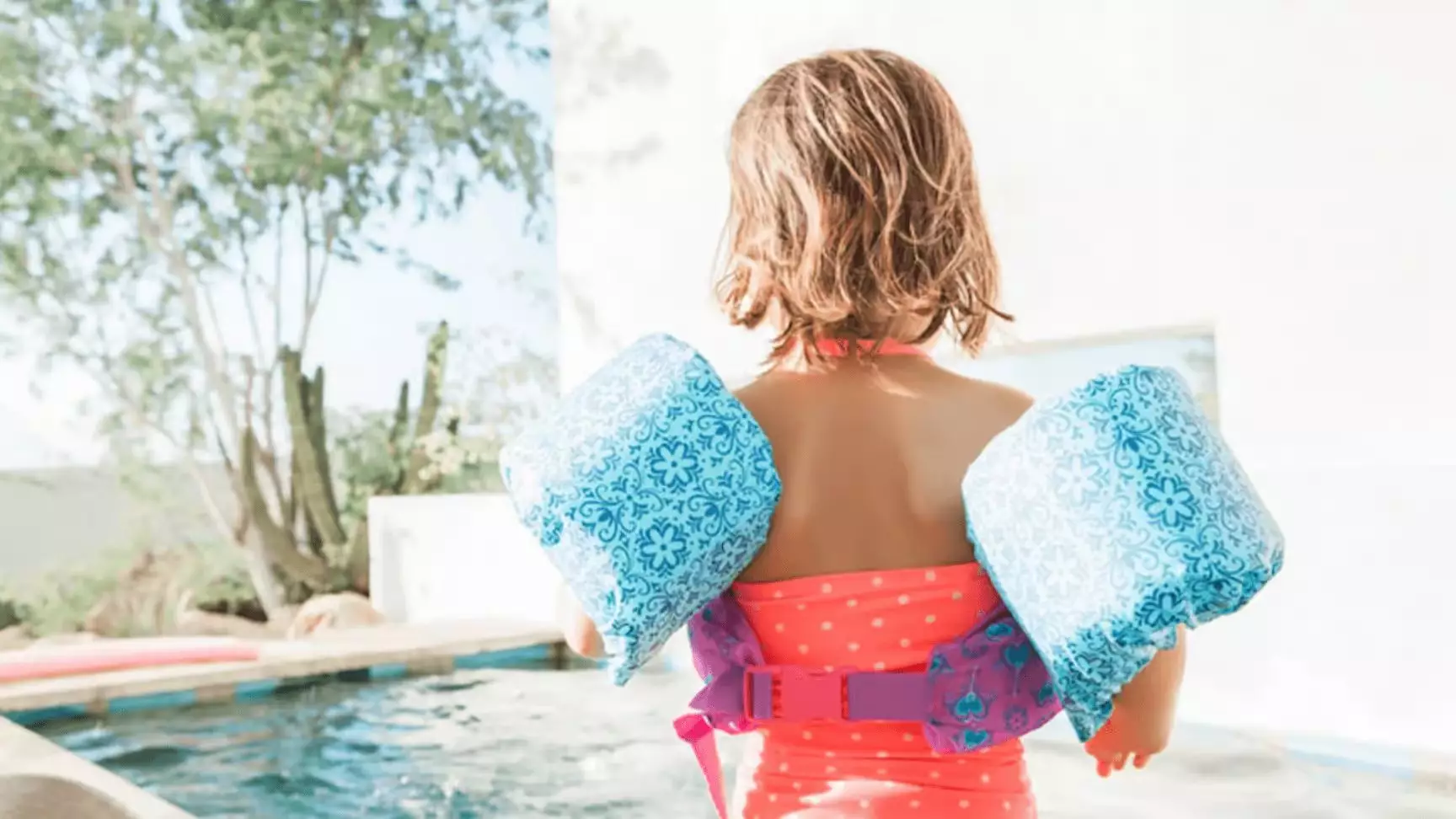As the sun blazes overhead and temperatures soar, families across the globe look toward their backyards to find refreshment and fun, specifically in the form of swimming pools. Whether it’s a grand in-ground structure or a humble inflatable model, these aquatic oases can provide endless joy. However, lurking beneath this summer bliss is a sobering statistic: drowning is a leading cause of accidental deaths around the world, particularly among children.
According to the World Health Organization, children aged 1 to 4 experience the highest drowning rates, and the subsequent age group doesn’t fare much better. In the United States alone, the Centers for Disease Control and Prevention (CDC) indicates around 10 non-boating-related drownings occur daily. Alarmingly, children under 14 account for one in five drowning fatalities, and for every child who drowns, five more experience life-threatening submersion injuries. Thus, it’s not merely a statistic but a clarion call to action for families.
Distraction and Supervision: A Dangerous Duo
During joyous pool parties and cookouts, it’s easy for adults to become distracted by food, drinks, and conversation. But this is an especially vulnerable time for children in the water, prompting safety experts to advocate for vigilant supervision. The Mayo Clinic advises that families implement a “designated watcher” approach during such gatherings, ensuring that one adult is always focused on monitoring kids as they swim or frolic near the pool.
Despite a prevalent belief among parents that they could hear if something was amiss—like splashing or screaming—the stark reality is that many drownings occur silently. A survey conducted by Safe Kids Worldwide revealed that a majority of parents might not be aware of this critical safety aspect. Thus, adopting a hands-on observation method is preferable to simply waiting for auditory cues of distress.
The Paradox of Swimming Lessons
Parents often wonder whether swimming lessons can truly mitigate drowning risks for their children. While the American Academy of Pediatrics asserts that formal swimming instruction can reduce risk for children over a year old, there is a notable absence of evidence supporting its effectiveness for infants. As such, while lessons can build confidence in the water, they should not substitute for diligent adult supervision.
The allure of infant swim lessons, especially those focusing on self-rescue techniques, can create an inadvertent sense of security among parents. While a child might learn to roll onto their back and float—an invaluable skill—experts like Barbara Morrongiello caution against overconfidence that can lead to lax supervision. It’s crucial that parents continue to understand that lessons do not eliminate the necessity for constant vigilance.
The Imperative of Safety Barriers
Among the various safety measures that families should embrace, physical barriers around pools are paramount. CDC recommendations highlight the significance of erecting robust fences that encircle the entire area, significantly reducing the risk of accidental drownings for children under five. These barriers serve as the first line of defense against children accessing the water unsupervised.
In an age where technology blends seamlessly with safety, additional measures such as self-closing, self-latching gates and automatic alarms can provide an extra layer of security. By implementing these measures, parents can create an environment that actively prevents unsupervised access while still allowing children to enjoy the joys of their pool.
Creating a Culture of Awareness and Preparedness
Despite the wealth of information on drowning risks and preventative measures, many families may not fully appreciate the gravity of the situation until it’s too late. Raising awareness within your community about pool safety can foster an environment where families are proactive rather than reactive. Hosting pool safety events, distributing informational materials, and collaborating with local organizations can encourage a dialogue about keeping children safe during peak swimming season.
Ultimately, maintaining a pool should be synonymous with prioritizing safety. Furthermore, embracing a culture where pool parties can be both fun and secure requires an ongoing commitment—not just on hot summer days but throughout the entire year.
Drowning is not merely someone else’s misfortune; it can happen to any family if vigilance slips. As you soak in the joys of your backyard paradise this summer, remember that safety should always come first. This mindset not only protects your children but also allows everyone to enjoy the season’s pleasures with peace of mind.

